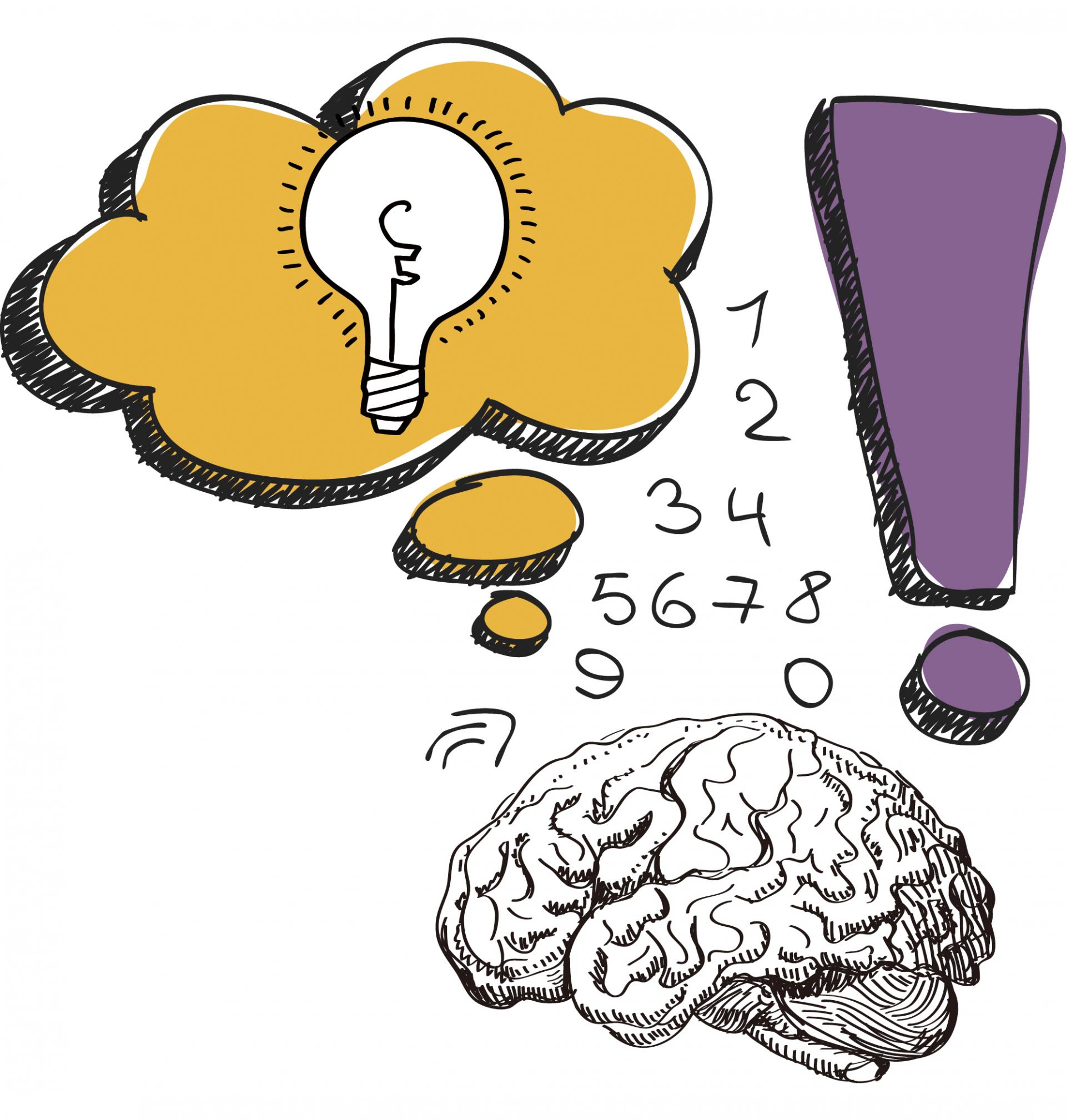

As one of the pillars of today’s global economy, market research plays a fundamental role in defining brand innovations in product design and branding. Understanding consumers, their perceptions, feelings, attitudes, and behaviors is a key element for the success of an organization in today’s competitive markets.
Experience has shown that traditional market research techniques such as focus groups, interviews, and surveys, though effective, have some limitations, especially when it comes to innovating truly novel products or services. As a consequence, some experts suggest that the future of consumer research lies in methods that allow deeper access into the primary source of information: the human brain. With the advancement of technologies capable of measuring brain activity, the door to this once unexplored territory has now been opened. Yet this new field is rife with challenges: as we learn more about the human brain its complexities also become more apparent. While accurate measurement is one difficulty, interpretation of results is yet another, leading to serious validity concerns among experts.
This article will explore recent developments in the fields of neuroscience and neuromarketing from a brand innovations perspective. Labbrand believes that if used in combination with traditional market research methods, neuromarketing holds great promise. However, because the field is still in its infancy, results must be treated as informative rather than decisive in the brand innovation process.

Traditional market research techniques rely on consumers’ capacity to understand and explain their ideas and emotions in relation to their interaction with a given product or brand. Once stimulated, the participant is asked to reflect upon his experience and share his thoughts with the researcher. However, practice has shown that this approach has several drawbacks.
Firstly, emotions and abstract concepts are difficult to put into words. How can we describe love, happiness, or pain? What do constructs like “clean”, “vintage”, or “premium” mean? Conducting research across cultures adds additional nuances. If a consumer is asked to explain in detail why they like or dislike a product, they often encounter difficulties. A skilled moderator is able to address challenges participants have in expressing their ideas by probing more deeply into responses, asking them to give concrete examples, provide visuals, and other such techniques. However, there will always be a gap between their true perception and what they verbalize, a gap that neuromarketing hopes to fill.
Secondly, focus group participants are prone to censoring in some way the information they share with the researcher. For example, in a recent focus group study conducted at Labbrand, a group of Chinese consumers were asked to prepare a collage of photographs and magazine cutouts and explain how each picture represented one of their goals in life. From the observation room, research consultants noticed a male participant had chosen a revealing image of a female for his collage, however, prior to presenting to the group, he quickly removed the picture. This simple example shows us how people aren’t always willing to disclose their feelings and thoughts with others for fear of being judged or misunderstood in the face of perceived social norms.
Furthermore, as demonstrated by years of research on the brain, the vast majority of human emotions operate at a subconscious level, leaving the subject unaware of his deeper condition. Due to these difficulties with traditional forms of market research, some argue that sophisticated neuroscience techniques are needed to generate insights that are meaningful and relevant for today’s brands.
Neuroscience, the scientific study of the brain and it’s functioning, aims to uncover the subconscious processes in the human brain. Using functional magnetic resonance imaging (fMRI) machines as well as other measurement tools, neuroscientists have been observing brain activity and, just like a puzzle, have been putting the pieces together and learning about the different connections and associations that exist within it.

The claims of neuroscientists have attracted particular attention from brands looking for new ways to understand consumers and influence their behaviors. Neuromarketing, the field born out of the interaction between marketing and neuroscience, is the scientific study of the brain and its activities in response to brand and product stimuli. It also includes the monitoring of other sensorimotor reactions to brand stimuli such as eye movement, galvanic skin changes, and heart rate increases.
Although only a small number of neuromarketing reports have been published to date, they have often sparked interest and controversy among market research professionals. An often-cited study that was noteworthy for brands was the 2004 study by Profesor Montague of the Baylor College of Medicine. Montague gave subjects the Coke and Pepsi blind taste test, and then placed them in the fMRI scanner to measure brain activity. Scans showed that areas of the brain associated with pleasure and satisfaction were activated in all subjects, and when asked which drink they preferred they were evenly split between Coke and Pepsi. Subsequently he repeated the test, but told subjects which brand they were drinking. This time most agreed that Coke was the better tasting drink. What the fMRI machine showed was that during the second test the region of the brain associated with memories had been activated. According to Montague this was caused by Coke commercials’ impact on the brain, which created a subconscious preference in the subjects.
Through these types of studies researchers seek to uncover the subconscious emotions that specific brands evoke in consumers, emotions that are believed to play a fundamental role in consumer product preference. It is suggested that once these deeper emotional brand-associations are uncovered businesses will be able to tap into a new resource for the strengthening of their products’ image. However, because there is not one single area of the brain responsible for consumer decisions, this is not a simple process. In Neuromarketing: The Hope and Hype of Neuroimaging in Business (2010), Dan Ariely and Gregory Berns suggest that “while some may have argued for the existence of a ‘buy button,’ current evidence suggests that the cognitive processes associated with purchase decisions are multi-factorial and cannot be reduced to one area.”

Without a doubt, neuromarketing is adding a new dimension to the field of consumer research and behavioral studies. It allows for organizations to tap into the unchartered world of the brain, and to gain insight into information consumers consciously or unconsciously withhold in traditional research settings. It is also confirming the notion that brands work at a subconscious level, and it is at this level where decisions are often times being made. It is possible that by analyzing these subconscious associations between brands and emotions, organizations will be able to predict customer needs and trends before people become aware of them, allowing brands to proactively innovate new products and services.
However, it is evident that the field has its limitations. In his books Buyology (2010) and Brandwashed(2011), neuromarketing guru Martin Lindstrom presents a number of provocative arguments, such as the assertion that consumers actually love their smart phones and that warning signs on packages are in fact conducive to buying more cigarettes. However, he doesn’t provide ample evidence to make such claims. The lack of evidence is likely the primary reason why marketing and branding professionals are somewhat hesitant to fully embrace this approach. As revealed by a study carried out by ESOMAR (a global market research association) in 2010, neuromarketing was the only technique to completely divide experts equally between those who believe the field will grow in importance in the future and those who believe it will decline.
As neuromarketing is still in its preliminary stages of development, it is difficult to make conclusive arguments based on the data collected. This is due to two main barriers; on one side, the tools and systems for the interpretation of the data are not yet as refined as the data collection techniques. Secondly, due to the high operating cost of the machines, it is difficult to call on a large sample of participants (some of Lindstrom’s studies are on less than 10 people), making it inappropriate to draw sweeping conclusions.
Thus far, neuromarketing techniques have been used mainly for testing purposes, such as verifying the effects of advertising, images, sounds, or other stimuli on participants. But as for the reasons why people feel a specific way about a brand or product, it may still be best to turn to more traditional qualitative research methods, which focus on understanding social interactions and the creation of meaning.
Finally, the invasiveness of neuromarketing techniques as well as the field’s perceived ambitions to predict or control consumer preferences have prompted ethical concerns, giving rise to the field of neuroethics.
The field of neuromarketing, though still in its early stages, can greatly influence the process of brand innovation. Presently, it should not be regarded as the ultimate stand-alone research method, but rather as an added layer that can help researchers better understand the complexity of human behavior in relation to brands. Neuromarketing is not yet capable of predicting the way people will think and it cannot find the buy button; however, it can help understand consumer behavior in order to develop attractive brands, perhaps even at the subconscious level. The decision of whether to use neuroscience or not should not be made lightly, but rather should depend on brand strategy and research objectives.
When it comes to brains and brands, we still have a lot to learn.
A Labbrand Group Company © 2005-2025 Labbrand All rights reserved
沪ICP备17001253号-3To improve your experience, we use cookies to provide social media features, offer you content that targets your particular interests, and analyse the performance of our advertising campaigns. By clicking on “Accept” you consent to all cookies. You also have the option to click “Reject” to limit the use of certain types of cookies. Please be aware that rejecting cookies may affect your website browsing experience and limit the use of some personalised features.